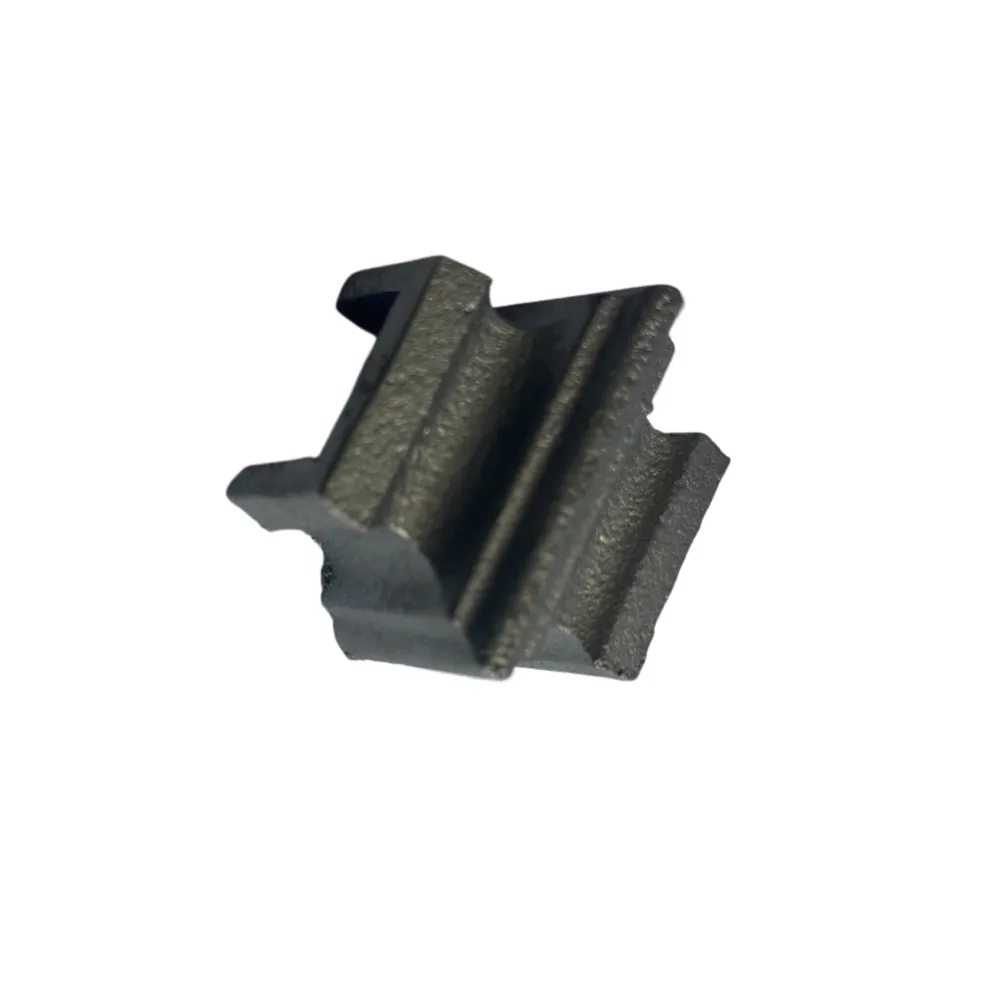Innovative Applications and Benefits of Cast Iron Products in Modern Industries
The Versatility and Durability of Cast Iron Products
Cast iron has been a pivotal material in the world of manufacturing and design for centuries. Its unique composition, which primarily consists of iron, carbon, and silicon, gives it remarkable properties that have made it a popular choice for various applications ranging from cookware to architectural elements. This article explores the versatility and durability of cast iron products, highlighting their benefits and use cases.
One of the most significant advantages of cast iron is its durability. The material is known for its exceptional strength and wear resistance, making it ideal for products that must withstand heavy use. For instance, cast iron cookware, such as skillets and Dutch ovens, is beloved by chefs and home cooks alike. These pieces can endure high temperatures without warping, are perfect for searing meats, and can seamlessly transition from stovetop to oven. Additionally, the seasoning process that cast iron undergoes enhances its non-stick properties, allowing for healthier cooking with less oil.
Beyond cookware, cast iron's durability extends to industrial applications. It is a favored material in the manufacturing of machine parts and tools due to its ability to absorb vibration, provide stability, and resist deformation. Engines, pumps, and heavy machinery often incorporate cast iron components, benefiting from its strength and reliability. This durability leads to fewer replacements and repairs, which is a significant cost saving in industrial settings.
Cast iron products also exhibit excellent heat retention and distribution properties. This characteristic makes cast iron ideal for radiant heating systems and fireplaces. Cast iron radiators are renowned for their ability to provide consistent warmth and retain heat long after the heating source has been turned off. The classic designs of these radiators also add a timeless elegance to interiors, making them a popular choice in both modern and vintage-style homes.
cast iron products

In addition to practicality, cast iron products are also celebrated for their aesthetic appeal. The material's versatility allows for intricate designs and finishes, making it an excellent choice for decorative items. From ornate garden furniture to stylish cookware, cast iron items come in various styles that can enhance any environment. The rustic charm of cast iron accents can elevate a space, while its longevity means that these items can be cherished for generations.
Sustainability is another crucial aspect of cast iron that deserves mention. As a material, cast iron is notably recyclable, contributing to a reduction in waste. When cast iron products reach the end of their life cycle, they can be melted down and reformed into new products, minimizing the environmental impact. This aspect of cast iron resonates with the growing trend towards sustainable living and eco-friendly manufacturing practices.
Moreover, the maintenance of cast iron products is relatively straightforward. While it's true that cast iron requires some care, such as regular seasoning to prevent rust and maintain its non-stick qualities, these tasks are manageable even for those who may not consider themselves handy. The rewards of using cast iron—a longer-lasting product and improved culinary results—often outweigh the minimal upkeep required.
In conclusion, cast iron products embody a blend of durability, versatility, and aesthetic appeal that makes them ideal for various applications. From timeless kitchen essentials to robust industrial tools and beautiful decorative items, cast iron continues to be a material of choice across numerous industries. As consumers increasingly seek sustainable and long-lasting products, the enduring legacy of cast iron is likely to remain strong in the years to come. Whether in the kitchen or as part of a home’s design, cast iron's unique qualities ensure it will retain its place in our lives.
-
Wrought Iron Components: Timeless Elegance and Structural StrengthNewsJul.28,2025
-
Window Hardware Essentials: Rollers, Handles, and Locking SolutionsNewsJul.28,2025
-
Small Agricultural Processing Machines: Corn Threshers, Cassava Chippers, Grain Peelers & Chaff CuttersNewsJul.28,2025
-
Sliding Rollers: Smooth, Silent, and Built to LastNewsJul.28,2025
-
Cast Iron Stoves: Timeless Heating with Modern EfficiencyNewsJul.28,2025
-
Cast Iron Pipe and Fitting: Durable, Fire-Resistant Solutions for Plumbing and DrainageNewsJul.28,2025
-
 Wrought Iron Components: Timeless Elegance and Structural StrengthJul-28-2025Wrought Iron Components: Timeless Elegance and Structural Strength
Wrought Iron Components: Timeless Elegance and Structural StrengthJul-28-2025Wrought Iron Components: Timeless Elegance and Structural Strength -
 Window Hardware Essentials: Rollers, Handles, and Locking SolutionsJul-28-2025Window Hardware Essentials: Rollers, Handles, and Locking Solutions
Window Hardware Essentials: Rollers, Handles, and Locking SolutionsJul-28-2025Window Hardware Essentials: Rollers, Handles, and Locking Solutions -
 Small Agricultural Processing Machines: Corn Threshers, Cassava Chippers, Grain Peelers & Chaff CuttersJul-28-2025Small Agricultural Processing Machines: Corn Threshers, Cassava Chippers, Grain Peelers & Chaff Cutters
Small Agricultural Processing Machines: Corn Threshers, Cassava Chippers, Grain Peelers & Chaff CuttersJul-28-2025Small Agricultural Processing Machines: Corn Threshers, Cassava Chippers, Grain Peelers & Chaff Cutters












